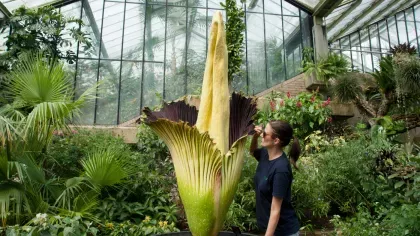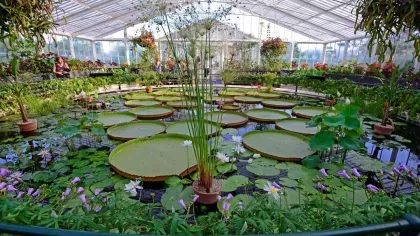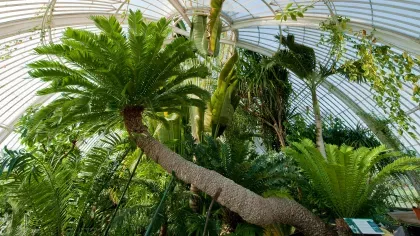16 September 2021
Guinness World Record-breaking botany at Kew
Our collections and gardens have long been celebrated by the world-famous Guinness World Records book.

Whether it’s the longest, biggest or smelliest, parts of our collections have enjoyed wearing the badge of ‘The World’s…’
Here is a selection of the weird and wonderful ways the Royal Botanic Gardens, Kew has made record-breaking history.
The biggest
The waterlilies that grace the wet tropical zone within the Princess of Wales Conservatory are beasty things.
Grown from seed each year, the leaves can reach an incredible scale – once upon a time, their buoyant leaves could bear the weight of a child!
The giant waterlily (Victoria amazonica) can grow leaves that reach a record-breaking 3m in diameter, making it the world’s largest waterlily species.
Find out what other secrets the Princess of Wales Conservatory holds.

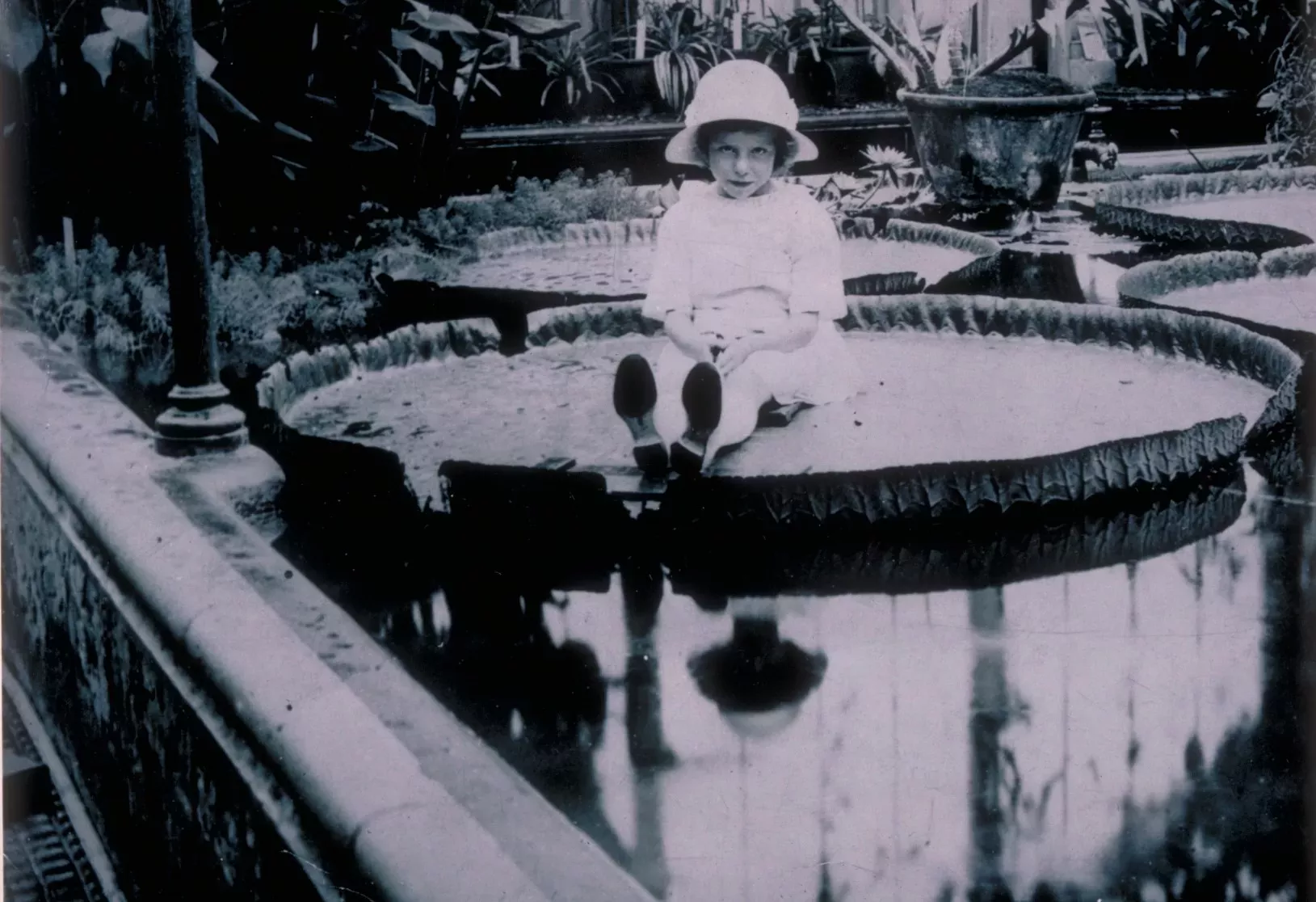
The tallest and smelliest
You know when the titan arum (Amorphophallus titanum) has come into its own by the stench of rotting flesh that fills the glasshouse.
This plant can be huge – so huge that in 2018 it was reconfirmed by the Guinness World Records team that the species has the ‘tallest bloom' in the world.
The specimen at Kew that year reached a whopping 3m in height and took several horticulturalists to lift it.
The plant’s pungent smell is its clever way of attracting pollinators that feed and breed on rotten flesh. That’s how it earnt the nickname ‘the corpse flower’ and its record as the smelliest plant.
But when it blooms, you have to visit it quickly – it only lasts 2 to 3 days before it collapses.
The longest
Behind the scenes in Kew’s Tropical Nursery are an expert team of horticulturalists working hard on the conservation and study of some of the world’s rarest and most interesting plants.
Nepenthes truncata is endemic to the Philippines but we have been cultivating it at Kew.
In 2020, a specimen in our nursery earned the award for the ‘longest Nepenthes plant trap’ measuring at 43cm from the base to the lid!
Pitcher plants like the Nepenthes get their nutrients from poo – shaped like a toilet bowl, they produce nectar to attract pollinators, which sneakily also acts as a laxative.
Whilst feeding, a pollinator poops into the pitcher giving the plant all the yummy nutrients it needs to survive.

The oldest
Kew’s tropical Palm House is home to a real OAP (Old Age Plant), the Eastern Cape giant cycad (Encephalartos altensteinii).
This cycad was brought to Kew from South Africa in 1775.
Now over 240 years on, it weighs more than a tonne and measures over four metres in height.
It took a team of nine horticulturalists to re-pot the Palm House’s oldest resident back in 2019.
Did you know? Often dubbed ‘living fossils’, cycads have been around since before the dinosaurs.
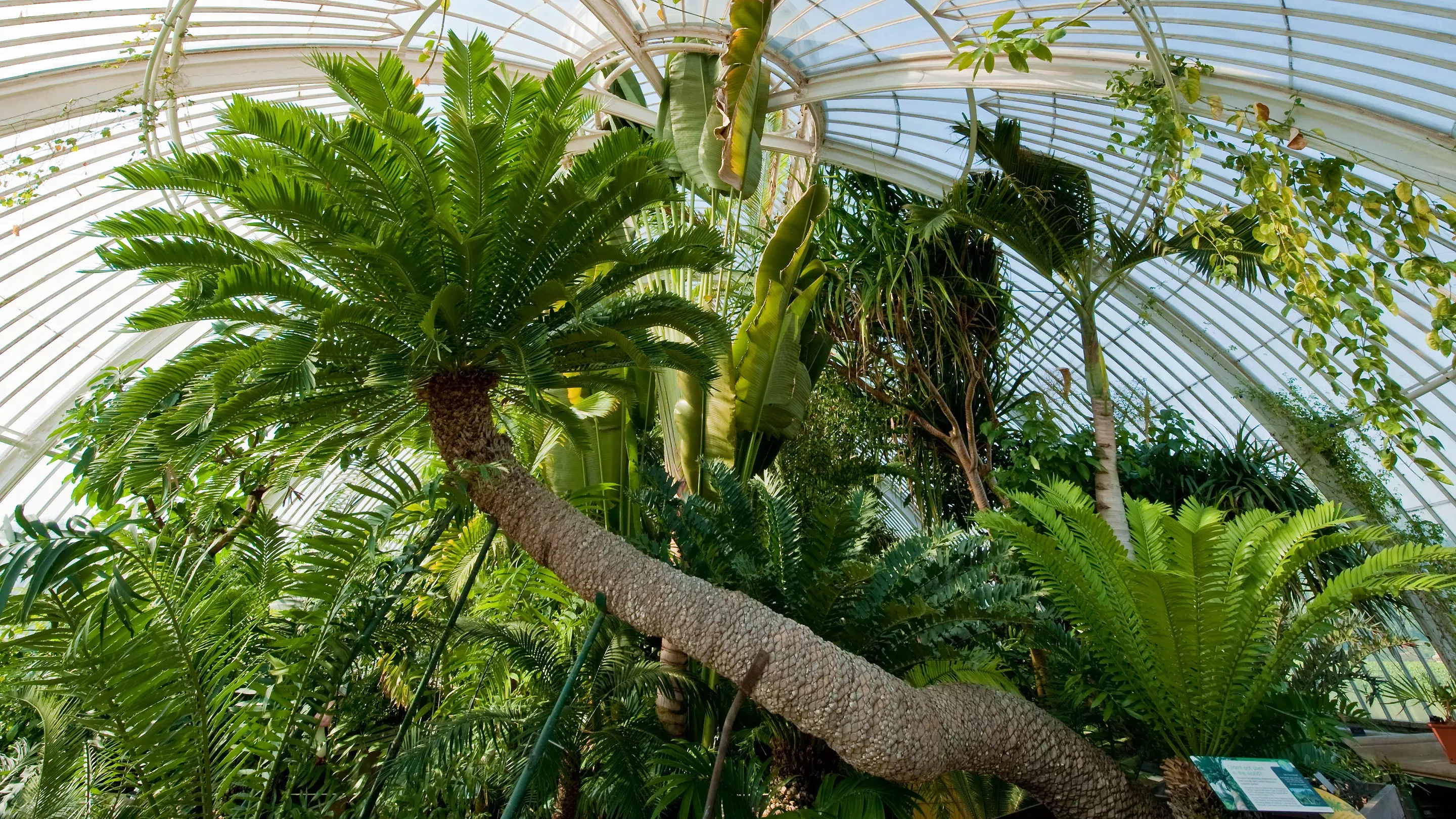
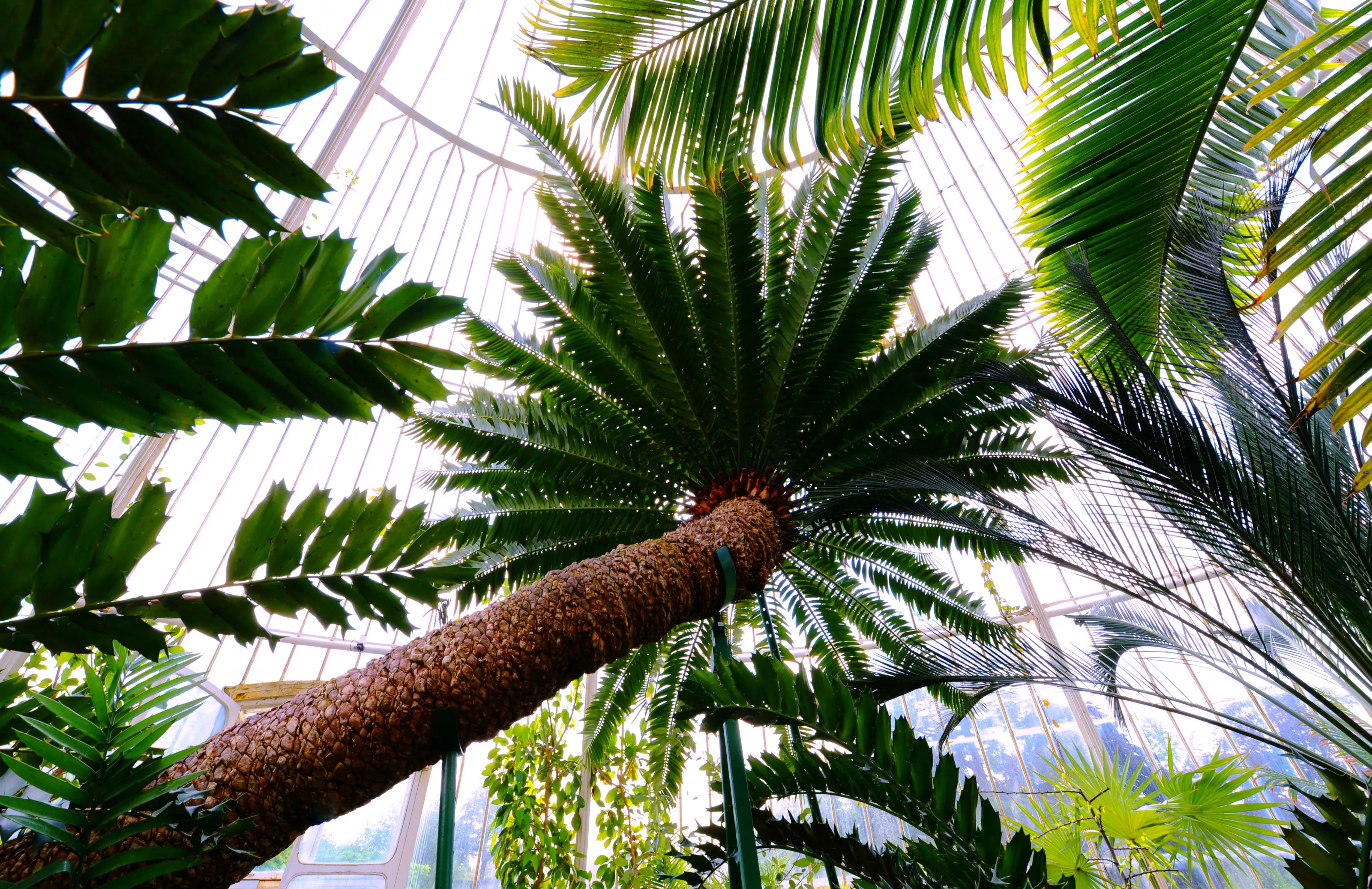
The smallest
Hiding in plain sight in the Princess of Wales Conservatory and Waterlily House at Kew is the world’s smallest waterlily (Nymphaea thermarum).
Though extinct in the wild, we have over 50 of these tiny plants growing in our collection.
Our horticulturists unlocked the secret to propagating this plant in 2009 so you can enjoy its dainty flowers and miniature leaves, each smaller than a 50p coin.
Discover more of Kew's cutest plants.
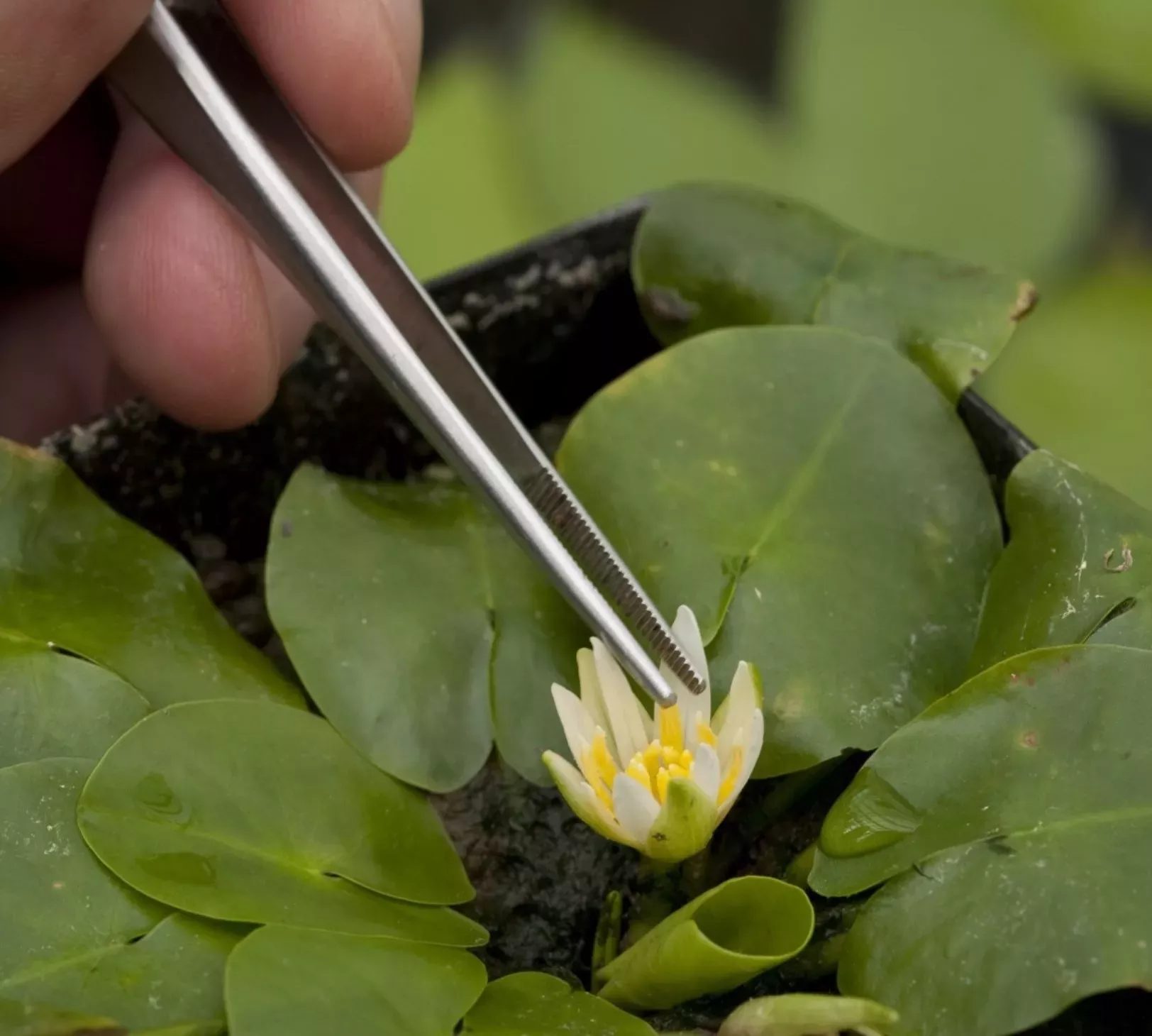
The largest
The latest addition to Kew's ever-growing collection of records is the title ‘largest collection of living plants at a single-site botanic garden’.
Kew is home to a staggering 16,900 species of plants from all over the world as of 2019.
As well as a beautiful botanic garden, Kew is a world-leading scientific research institution.
Amongst this rich treasure trove of biodiversity could be the future of food, clean air and medicine.
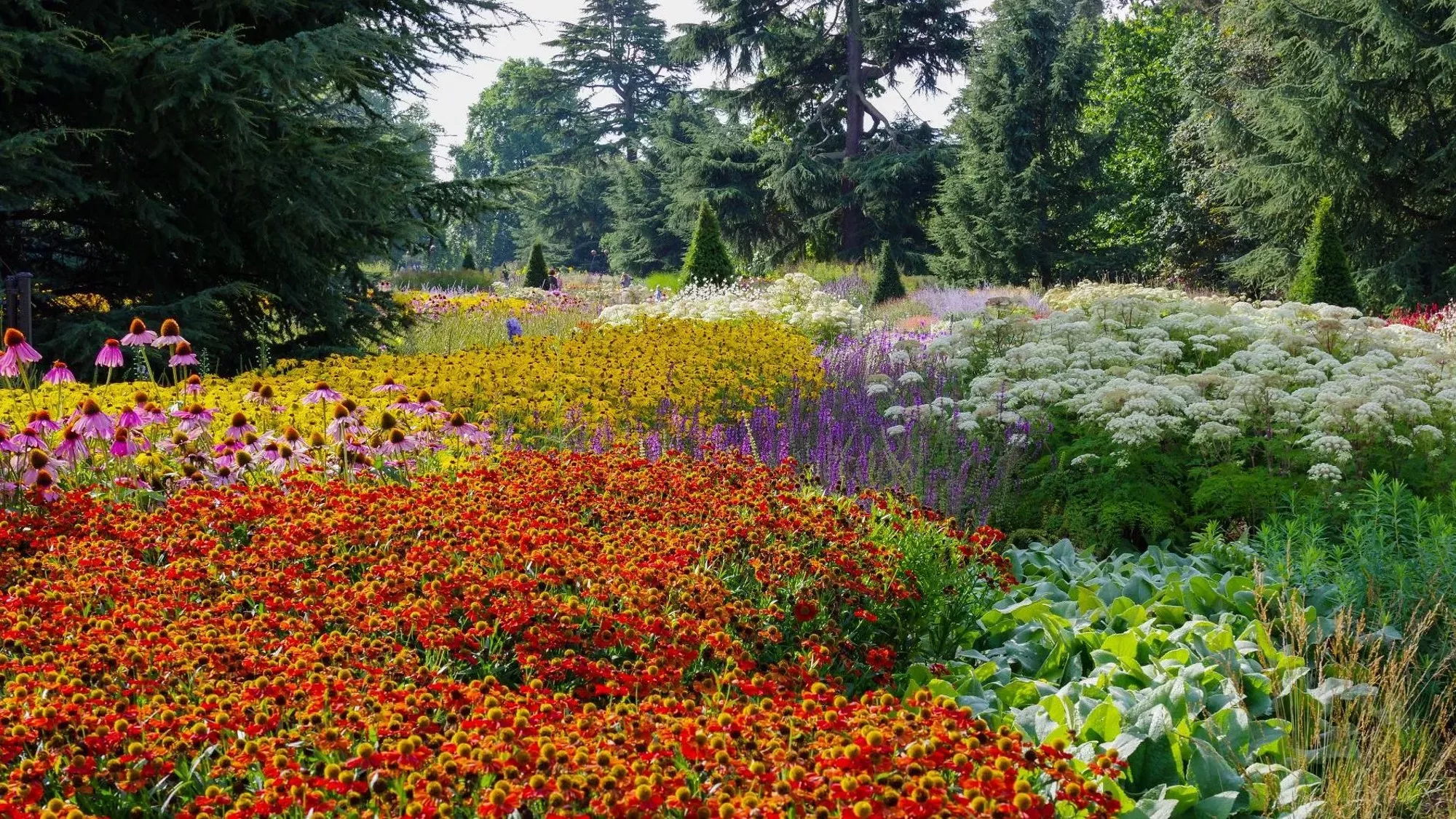
These are just a selection of the record-breaking plants that can be found at Kew.
See how many more you can spot on your next visit.

